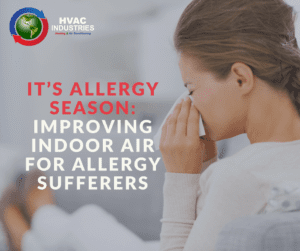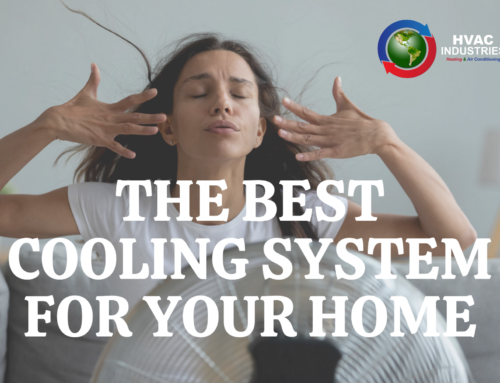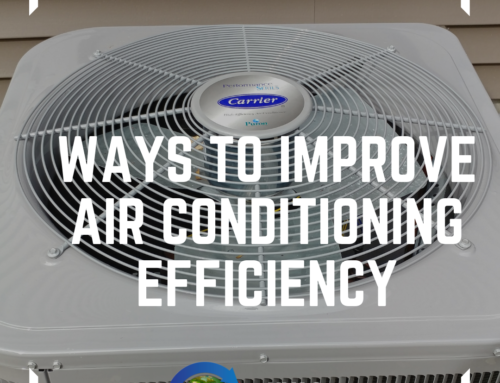 Spring has finally arrived. The weather is turning. The grass is growing. The flowers are blooming. For a quarter of the population, this is not Spring. It’s allergy season. It’s the season of red and itchy eyes, sneezes and runny noses, wheezing, congestion, shortness of breath, headaches, drowsiness, and all around misery.
Spring has finally arrived. The weather is turning. The grass is growing. The flowers are blooming. For a quarter of the population, this is not Spring. It’s allergy season. It’s the season of red and itchy eyes, sneezes and runny noses, wheezing, congestion, shortness of breath, headaches, drowsiness, and all around misery.
People with allergies inhale pollen, dust, dust mites, animal dander, and other nasty stuff that fills the air, triggering the release of histamine chemicals. Histamine causes tissues to swell, mucous to build, and all around misery. Aside from taking antihistamine medication, what can you do?
Allergy Management
The only solution for allergy sufferers is to avoid the allergens that cause the reaction. Keep your windows closed at night. Run the air conditioner to dehumidify your home. Drive with your car windows rolled up. Use a paper mask when performing yard work. Shower when coming in from the outdoors to wash away the pollen and mold that collects on your skin, clothes, and hair.
You May Not Be Able To Escape Indoors
Is there no relief? After all, indoor air pollutants are all around us. They include pollen, molds, fungal spores, viruses, bacteria, smoke, gas combustion by-products, outgassing from carpets, furniture, plywood, and drywall, cleaning supplies and other personal care items, pet dander, dust mites and their feces and body fragments, cockroach body parts, and more.
Improving Conditions Indoors
There are three ways to fight indoor air pollution:
- Source Control,
- Ventilation, and
- Air Cleaning.
Source Control
The starting point for a home indoor air quality strategy is source control. It makes sense. If you can control a pollutant before it becomes airborne, you’re ahead of the game. Source control strategies include the use of low emission paints, varnishes, and carpeting, no smoking, no pets, maintaining optimum humidity levels, regular cleaning, and regular servicing of combustion appliances, such as furnaces. Unfortunately, you cannot always control pollutant sources.
Use your air conditioner to control humidity for the spring and summer months and a duct mounted humidifier in the winter. Get your air conditioner serviced every spring and your furnace serviced every fall. The most economical approach to maintenance is a HVAC Industries service agreement.
Ventilation
After source control comes fresh air ventilation. According to the EPA, the air inside your home is far worse than outside air.
Fortunately, there is a solution that improves fresh ventilation without the comfort or energy costs. It’s called an energy recovery ventilator (ERV). It exchanges stale, polluted indoor with fresh air and cleans the incoming air. The ERV captures roughly 85% of the heating or cooling energy from the indoor air. Not only can it improve air quality, it can actually reduce utilities in certain circumstances.
Air Cleaning
The third way to fight indoor air pollution is air cleaning. Do not buy the cheap tabletop and gadget air cleaners you hear advertised. They are a waste of money. We recommend a whole-house approach with a duct mounted UV light and either a HEPA filtration system or an electronic air cleaner. What’s appropriate for your home depends on your budget, comfort system, and family.
At HVAC Industries – we know air, we know filtration, we know ventilation and we know service. We can assemble an indoor air package that fits your family and budget. When you can’t breathe, nothing else matters! Don’t wait. Call us today.






